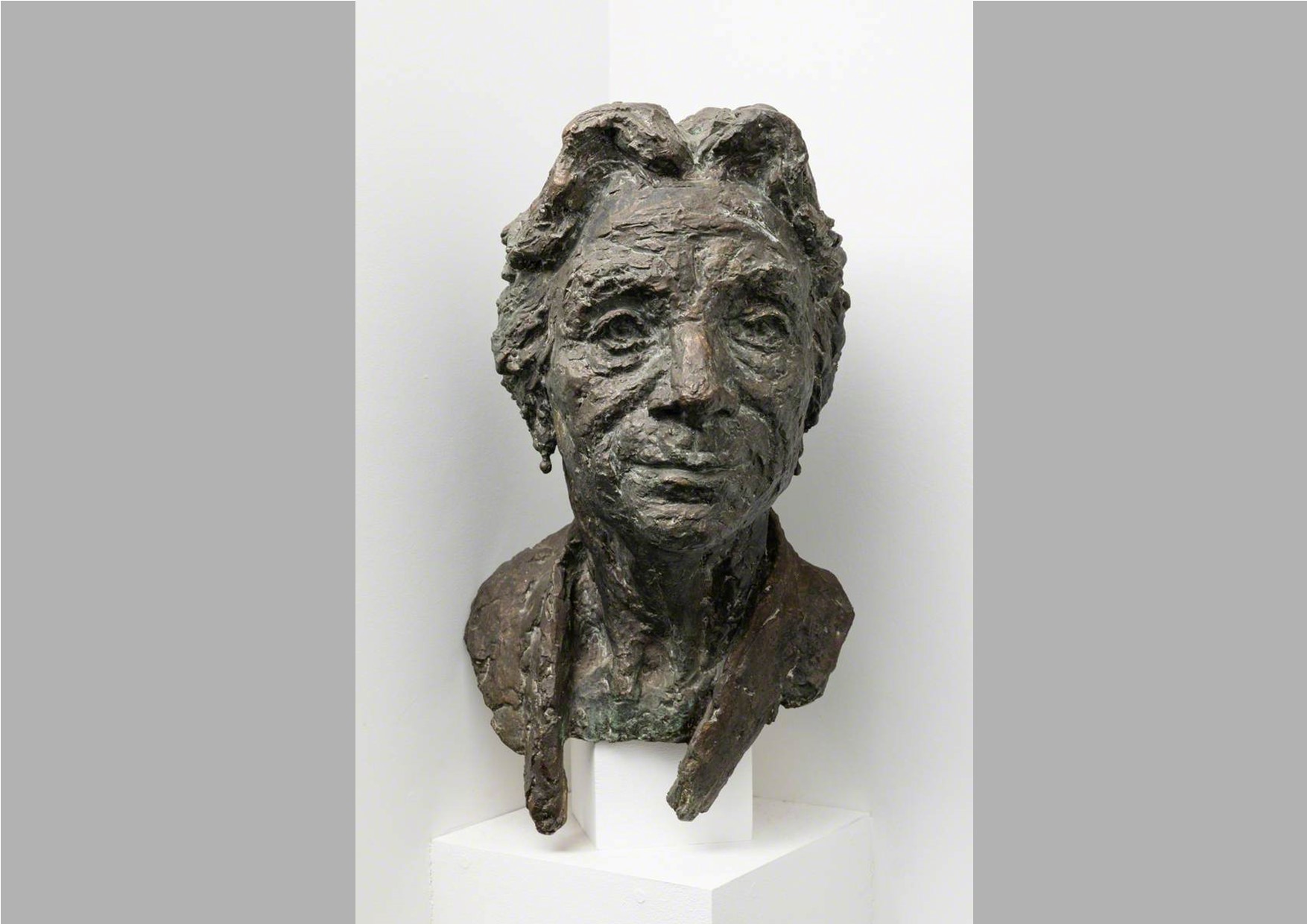
Isaline Horner, known to her friends as ‘Squizzie’ joined Newnham College as a student in 1914 and stayed on as Assistant to the Librarian, and then Acting Librarian. In 1921 Horner travelled with D.J. Stephen (sister of Newnham’s former Librarian and Principal, Katharine) to India and the countries now known as Sri Lanka and Burma. During her tour, Horner became fascinated with the practices of the Buddhist and Hindu religions.
Horner returned to Newnham becoming Librarian in 1923. She remained interested in Theravada Buddhism and studied Pali texts. In 1936 she moved to Manchester with her companion Elsie Butler, who had been appointed to a Professorship at the University. Horner remained closely involved at Newnham as an Associate and Member of Governing Body, and donated funds towards the extension of the Library in the 1960s. The University of Ceylon made Horner an honorary Doctor of Letters in 1964, as did Nava Nalanda Mahavihara in 1977. In 1980, Horner received an Order of the British Empire for her services to the Pali Text Society.
Gertrude Hermes (1901–1983) was a highly-acclaimed print-maker; her exquisite wood engravings and prints earned her awards, titles and recognition. Newnham’s art collection includes one of her linocut prints, purchased by students in the mid 1950s. However, sculpture was Hermes’ first love, through which she explored themes from the natural world, and produced portraits of friends and family, and commissioned subjects.
Hermes was born in Kent to German parents and attended Beckenham School of Art and Brook Green School of Painting and Sculpture, where other students included Eileen Agar, Henry Moore, and Blair Hughes-Stanton whom she married in 1926, but divorced seven years later. She was influenced by the work of Henri Gaudier-Brzeska and Brancusi and exhibited regularly at the Royal Academy from 1934 and at the Venice Biennale in 1939. Hermes taught wood-engraving and linocutting at the Central School of Art and was elected as a Royal Academician in 1971. She received an Order of the British Empire in 1981.
Hermes’ became noted for her busts of writers, such as those of A.P. Herbert, Kathleen Raine and David Gascoyne, and for her sculpted heads of children. Hermes’ portrait of Horner is typical of her work of the 1950s and 60s. The obituary of Horner by M J Waley in Newnham’s 1982 Roll Letter says ‘her portrait in bronze reminds those who knew her of the rugged look of her later years’. Other examples of Hermes’ portraits in a similarly strong-featured style can be seen in the collections of the Tate and National Portrait Galleries.


